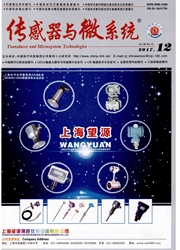
欢迎您!东篱公司
退出

 中文摘要:
中文摘要:
无线传感器网络(WSNs)寿命受到电池能量的制约,利用无线能量传输技术对传感器节点进行充电,可以解决无线传感器网络的能量问题。以三维无线传感器网络为研究对象,证明三维最短Hamilton回路为无线充电设备遍历网络中节点的最优路径,提出了网络的连续时变模型,并简化复杂度为多项式的离散T+1阶段线性规划模型。仿真结果表明:通过运算离散T+1阶段线性规划模型能够使无线传感器网络持续运行。
 英文摘要:
英文摘要:
Wireless sensor networks( WSNs) are constrained by limited battery energy,and it can be solved by recharging sensor nodes periodically through wireless energy transfer technique which would make sensor nodes remain optional persistently. For 3-dimensional( 3D) WSNs,an optimization problem is proposed,after proving that the optimal traveling path for the wireless charging device is the 3D shortest Hamilton cycle,the continuous timevarying model were proposed. Simulation results indicate that the network lifetime has been extended indeed.
 同期刊论文项目
同期刊论文项目
 同项目期刊论文
同项目期刊论文
 期刊信息
期刊信息
